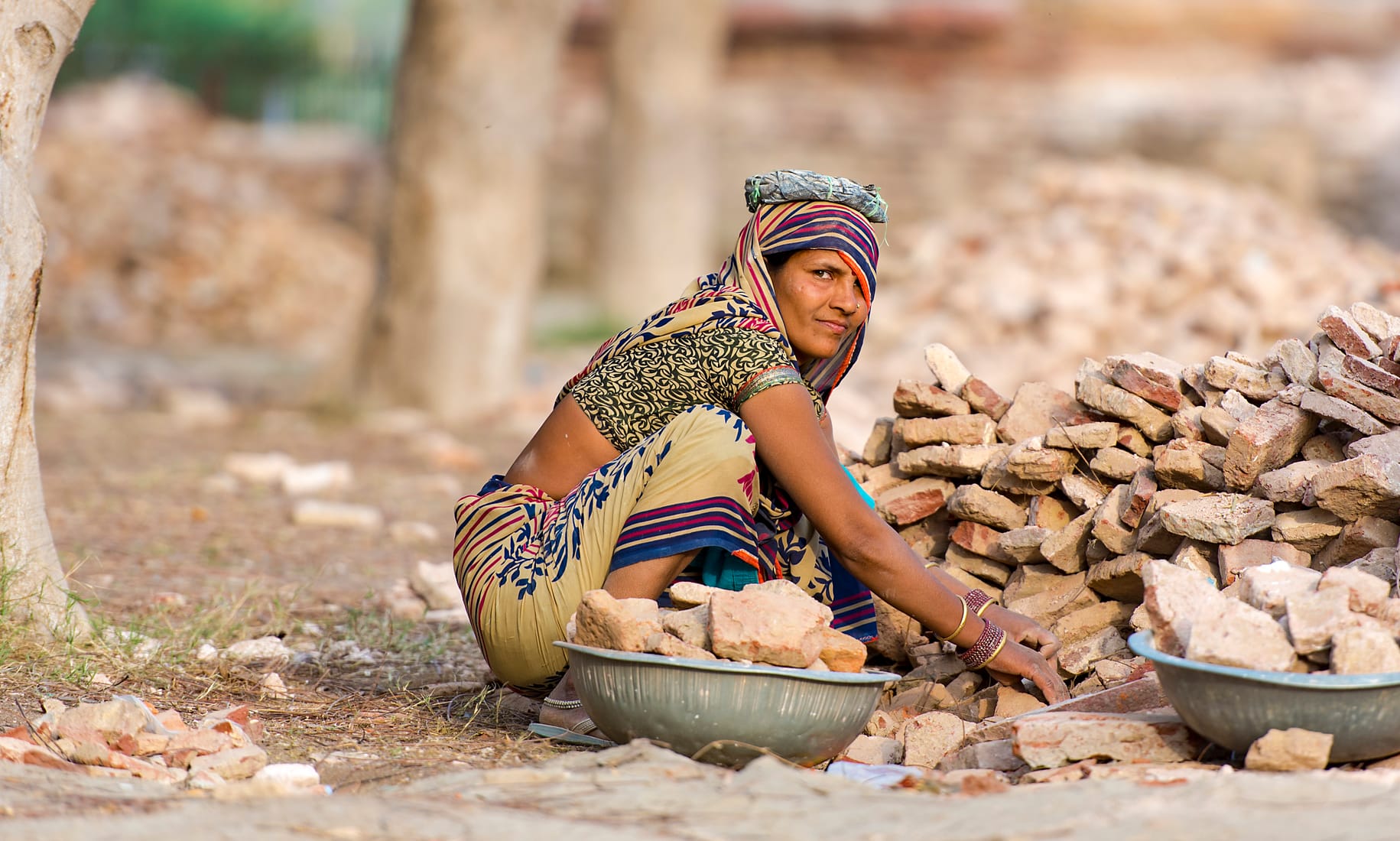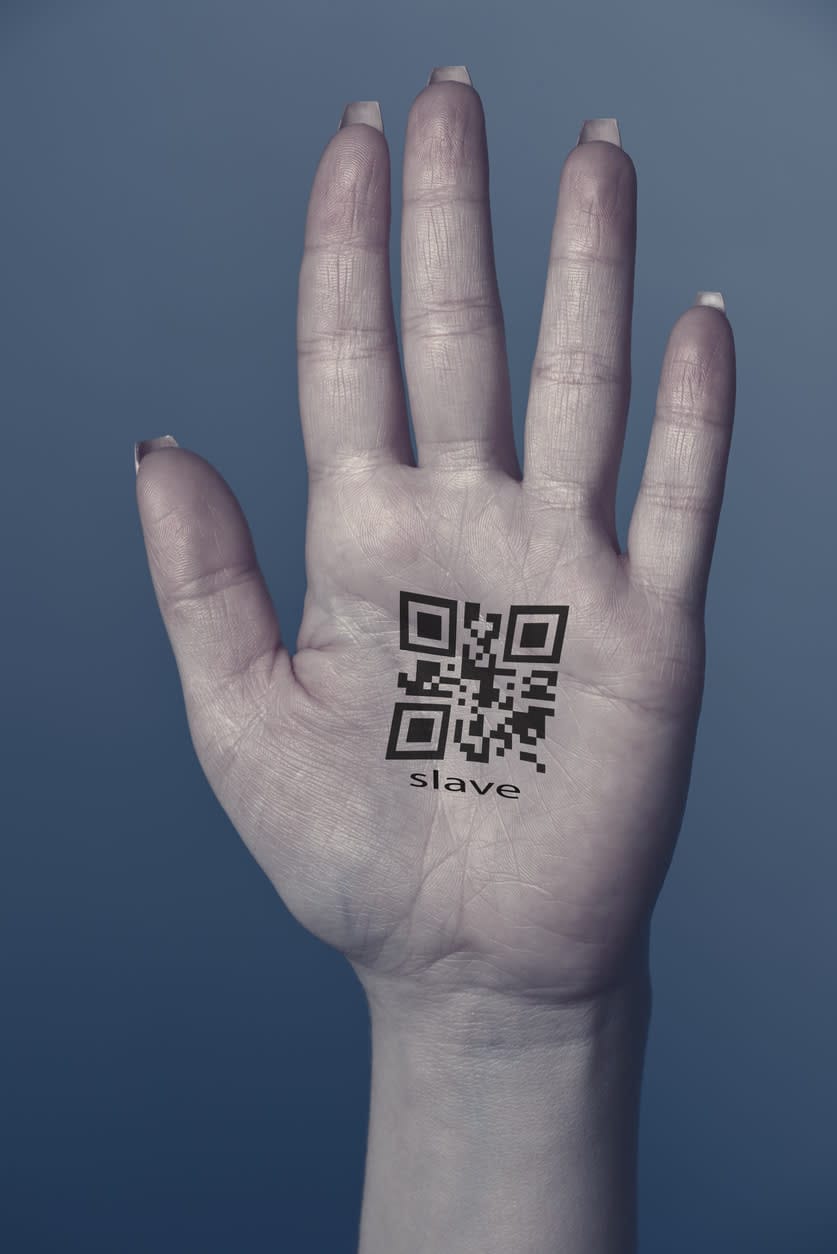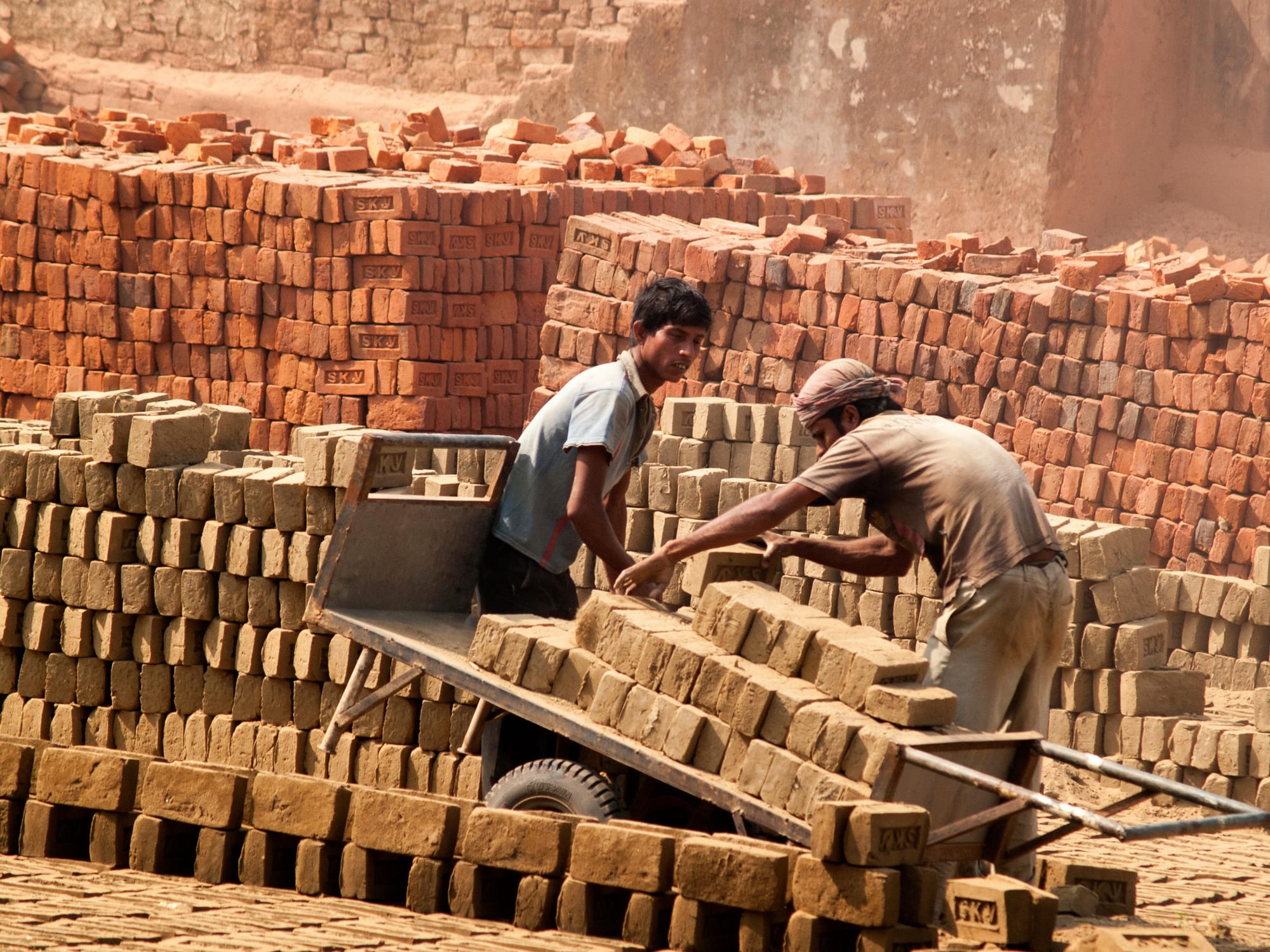
Club 417, a brothel in Melbourne’s Brunswick Street, Fitzroy, was raided by police in May 2003. Five Thai prostitutes worked there 10 to 12 hours a day, six days a week to pay off a debt. On the seventh day, they were permitted to work to earn their own money. The woman who ran the brothel, Wei Tang, was charged with keeping slaves.
On their arrival in Australia, the sex workers’ passports were taken from them and they were required to work off a “debt” of $40-$45,000. They had no money, no friends and little English.
As the case wound its way through the courts, Wei Tang’s lawyer argued that the women were not victims of violence or fraud, and their contracts were not coercive. They had been sex workers in Thailand, and knew they would be working as prostitutes in Australia. The first jury could not agree as to whether the women were slaves, but at a second trial, Wei Tang was convicted and sentenced to six years’ prison. This sentence was overturned on appeal.
The final stop was the High Court of Australia. The Australian Equal Opportunity and Human Rights Commission was taking an interest in the case and became aware that Jean Allain, a lawyer and legal academic at Queen’s University in Belfast, had been examining the historic definition of slavery and how it might be applied in a modern context. (In 1998, Allain published a book setting out the conventions concerning slavery created by the League of Nations and the United Nations.) The commission asked him to provide expert testimony to the High Court.

R v Tang was a landmark case, as it became the first criminal conviction for a slavery offence in Australia. The High Court essentially agreed that it was possible to enslave a person without legally owning them. The decision also helped to establish a modern legal definition of slavery not only in Australia, but in international law.
Jean Allain is now Professor of Law at Monash University. He says the Monash job allows him to work close to the Asia-Pacific, the region with the highest concentration of slaves in the world. At the same time, the Australian government is seeking to introduce anti-slavery legislation later this year – Professor Allain has made written and verbal submissions concerning the proposed bill on two separate occasions. He hopes that his knowledge of anti-slavery laws in California and the UK – the first two places to introduce such modern slavery bills – will prove useful in Australia. The Australian legislation will provide an opportunity to correct what isn’t working well in other jurisdictions.
“I’m interested in taking what I’ve done in the theoretical arena and seeing how I can apply it in more practical terms, here in Australia, and further afield the Asia-Pacific region,” he says. Anti-slavery bills are also being proposed in other Western democracies such as France and the Netherlands.
Defining slavery
The R v Tang High Court decision provided a “legal and factual basis” for interpreting the definition of slavery in a modern context. But the job of understanding the definition of slavery was only half done. “Definition works in two parts,” Professor Allain explains. “The first was whether it could be applied, which Tang established, the second part was more conceptual – what does slavery mean in a modern context?”
To help answer that question, he “got a group together of leading experts in the history of slavery, the law of slavery, property law, and we looked at the conceptual element of the definition. And we ask, what does it mean to own someone?”
The 2012 Bellagio-Harvard Guidelines on the Legal Parameters of Slavery was the result of their deliberations. The guidelines adapted the legal definition from the 1926 Slavery Convention, which states that: “Slavery is the status or condition of a person over whom any or all of the powers attaching to the right of ownership are exercised.”
“When I started to look at the issue, slavery in law effectively did not exist,” Professor Allain says. It was generally thought that “you could not enslave somebody today, because slavery was legal ownership – and there are no laws that permit you to legally own somebody, so it was impossible to be a slave.
“So that’s where we were for about 80 years, from the 1920s to the year 2000. No case. Nothing going on in this area.”
In reality, slavery continued to exist outside the law. But it was thought that the established definition didn’t apply – nobody was being prosecuted for enslavement.
Professor Allain says the laws pertaining to torture provide an example: “In the 17th and 18th century, torture was abolished in law, so that you could no longer legally torture someone. But we recognise today that torture takes place. It just takes place illegally. This is how we should be thinking about slavery.”
The Bellagio-Harvard Guidelines state, in part: “To determine, in law, a case of slavery, one must look for possession. While the exact form of possession might vary, in essence it supposes control over a person by another such as a person might control a thing.” The control may involve physical constraint, but control may also “be evident in attempts to withhold identity documents [as in the case of the Thai prostitutes]; or to otherwise restrict free movement or access to state authorities or legal processes; or equally in attempts to forge a new identity through compelling a new religion, language, place of residence, or forcing marriage”.
Professor Allain says that “this is the essence of slavery: that one person controls another as if they owned them. So the slave no longer has a say over their life, and is forced to do the bidding of the person who controls them.”

According to the Global Slavery Index, 45.8 million people in 167 countries are involved in some form of slavery today. Because slavery is illegal, the number is an estimate, the result of calculations by the WalkFree Foundation (founded by the Australian mining magnate Andrew Forrest and his wife Nicola) and the International Labour Organisation. Professor Allain says that despite the difficulties, numbers have been arrived at, and that they help to understand the scale of the problem. “You can’t fight something until you’ve quantified it,” he says.
“Slavery, ultimately, is at the far end of supply chains,” Professor Allain says. “You see big numbers in India around kilns, making bricks. You see it in agriculture – at harvest time – in the garment industry, and in the worst parts of almost every industry.
“The reason we see it in Asia and the Indian subcontinent is that it is mostly in the informal sector. Companies aren’t looking at their supply chains that far down the line. There’s exploitation of labour – for me, the difference between forced labour and slavery is that slavery extends beyond the working day.”
“In the 17th and 18th century, torture was abolished in law, so that you could no longer legally torture someone. But we recognise today that torture takes place. It just takes place illegally. This is how we should be thinking about slavery.”
While slavery may seem distant and appalling to Australians, we’re likely to come into contact with slavery when we shop. One reason anti-slavery bills are being introduced in the West is to force companies to “clean up their supply chains”, Professor Allain says. He holds up his mobile phone and says: “We recognise, for instance, in our telephones, and in our garments, that we are contributing” to slavery that is somewhere out of sight.
At present “you have a number of leaders within industry who are showing the way, who are interested in promoting corporate social responsibility”, he says. They’re raising awareness among consumers and legislators, and that is creating a domino effect, as companies don’t want to be accused of turning a blind eye to slavery. The hope is that momentum will build to eradicate slavery, and that companies will feel obliged to take steps – for humanitarian reasons, or in order to protect their brand.

While this is positive, the legislation in California and the UK relies on self-regulation. But the independent, random inspection of supply chains is far more likely to produce a solid result, Professor Allain says.
“The other part, which we don’t talk about, is that the people who should be doing this are people within the government; that is, labour inspectors,” he says. “People who, by government requirement, are meant to go into factories and look at labour conditions. Governments, through the International Labour Organisation, and the obligations that are created there, are meant to have labour inspectors … but if governments aren’t funding, then you don’t have enough labour inspectors to check.” Slavery is more likely to thrive in nations where the rule of law is weak and labour standards not enforced.
He says consumers who are unwilling to wait for governments and companies to step up can play their part in the meantime by avoiding goods that appear suspiciously cheap, for example.
Asked if humanity’s moral understanding is evolving, Professor Allain looks grave. Slavery is an ancient phenomenon that has not gone away. “I think we have made great leaps in science, but the moral fabric of humanity hasn’t really caught up with those leaps,” he says. “I’m saddened to think about the progress of this human race of ours.”
More from Professor Allain: Exposing Modern Slavery (short video documentary)





